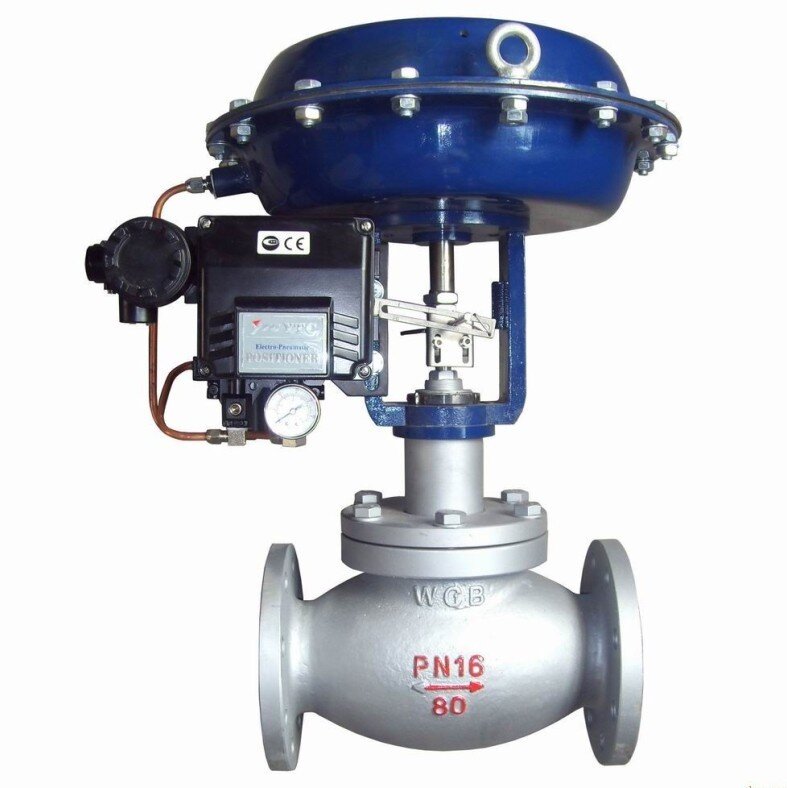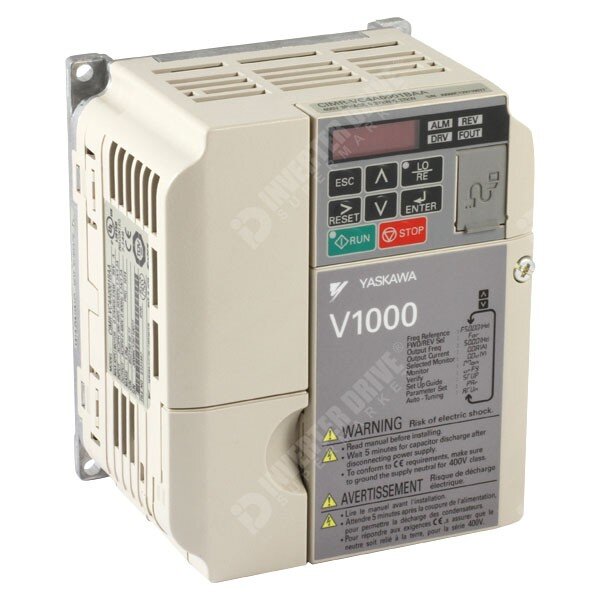
vs

Until relatively recently, flow control valves (FCVs; also sometimes referred to as throttling valves) were the most common means of regulating flow in a process line. Over the decades that FCVs have been in use, both control technology and mechanical construction have improved greatly, significantly reducing the process inefficiencies – hysteresis, lag, pressure drop, etc. – associated with these valves. And despite the sophisticated control systems often used to operate them, valves are relatively simple devices. With maintenance properly scheduled and performed they can last a very long time indeed.
But along with that long life can come years of lost opportunity costs – the opportunity being employing variable speed drives to reduce energy use on an ongoing basis. Variable Speed Drives (VSDs) – also referred to as Adjustable Speed Drives (ASDs) or, in the case of driven AC motors, Variable Frequency Drives (VFDs) – are widely used for their ability to tightly regulate motor speed, and thus process flow, to match the needs of the system. Whenever the system is designed such that full motor rated speed is not needed to meet operating demands, the VFD can slow the motor down, thereby reducing flow rate to what is needed. Not coincidentally, this also reduces energy use significantly. Let’s look more closely at how this happens in a pumping application.
The relationship between pump speed and flow rate, pressure, and power is governed by what are termed Affinity Laws. Assuming a constant impeller diameter, these Laws are:

Fixed Impeller Diameter
where Nx = pump speed at reduced rate (N1) and full rate (N2).
Note that the Power formula shows that power is reduced as the cube of the speed reduction. This means that, all other things being equal, if you reduce speed by 15%, you will lower the power required to drive the pump by nearly 39%. Whether or not you will actually see this degree of reduction depends on your process. In this case, does driving the pump motor at 85% of rated speed produce sufficient pressure to overcome system total head? If not, 85% speed would produce no flow. So it’s critical to know your system dynamics before deciding on a method of flow control.
Assuming your system can work well under a reduced flow regime, then the use of a VSD will not only reduce energy consumption; it can also reduce wear and tear on equipment and optimize system efficiency. The VSD can be programmed to soft-start and soft-stop the process, eliminating hammer and reducing wear on mechanical components. FCVs often can also be programmed to accomplish this, either via PLC or distributed control system (DCS), or with onboard controls. However, valve response times are slower and low-flow control can sometimes be difficult to achieve. Many VSDs also contain PID logic to allow continuous and very stable control of flow in response to changing environmental variables. This can reduce or, in some cases, eliminate the need for a separate controller such as a PLC or DCS.
One other significant concern is cost. On a one-for-one basis, FCVs tend to cost less than VSDs. However, the initial capital cost difference may be reduced or completely offset by a number of factors. First, the way the system in configured is important. In some cases there are a number of FCVs which can be replaced by a single VSD. Second, the complexity and materials of the FCV can result in costs nearly as high as a drive. For example, high-purity 316SS valves with full-featured controls including actuation, feedback, diagnostics, and fieldbus communications can be very costly, and all of these functions can be configured to work with VSDs. Finally, and most critically for the purposes of this blog, the energy savings which can be generated through the use of a VSD, as described above, will accrue for every operating hour. It’s been widely accepted that the initial capital cost of a motor represents about 3% of the total cost of operation over the motor’s lifetime; the remaining 97% is for operation and maintenance. If only 10% of that 97% can be saved through the use of a VSD, the VSD will easily pay for itself long before end of life. The same cannot be said for a FCV.
Have you been tasked with choosing a FCV or a VSD? What did you decide, and what factors drove your decision? Let us know about it in the Comments, section, and let Joliet Technologies assist. To learn more, visit us on the web; email us, or give us a call at 866-492-9888. We have the experience to ensure you make the best decision for your process, and your budget.
Thanks for reading!

Regards,
Jay Baima
Joliet Technologies


Leave A Comment
You must be logged in to post a comment.